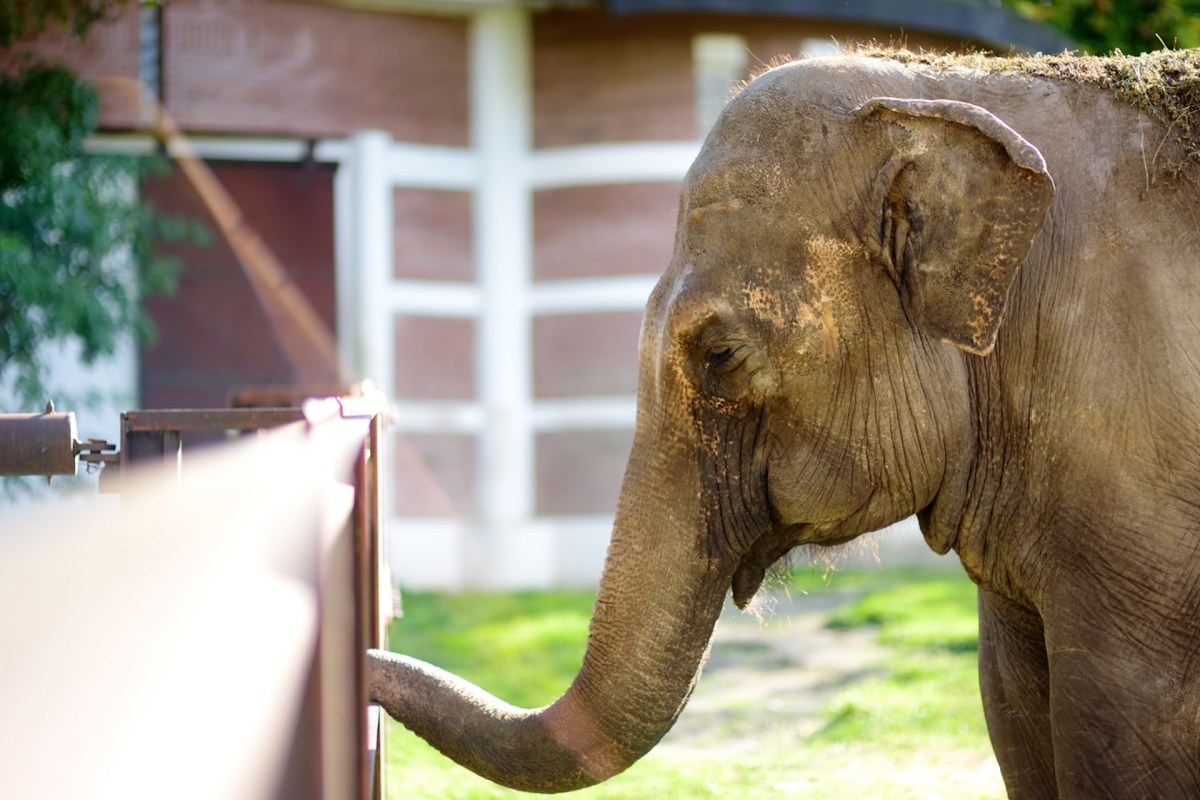Plastic waste consumption killed two more elephants in the Sri Lankan village of Pallakkadu last year, bringing the number of elephant deaths in the area to at least 20 since 2014.
What's happening?
With deforestation driving the elephants closer to human settlements, the animals have turned to landfills for food out of desperation. Autopsies of the deceased elephants confirmed the extent and severity of the situation.
"Polythene, food wrappers, plastic, other non-digestibles and water were the only things we could see in the post mortems. The normal food that elephants eat and digest was not evident," wildlife veterinarian Nihal Pushpakumara said to the Associated Press.
The improper nutrition, as well as the potential ingestion of sharp items, wreaks havoc in the animal's digestive system and has had fatal results.
"The elephants then stop eating and become too weak to keep their heavy frames upright. When that happens, they can't consume food or water, which quickens their death," Pushpakumara added.
Elsewhere in the world, plastic and trash ingestion have been linked to the deaths of bears, deer, and whales, among countless other animals.
Why are the elephant deaths concerning?
Though the elephant is a culturally and economically significant animal in Sri Lanka, its reliance on garbage has devastated an already vulnerable population.
Per the World Wildlife Fund (WWF), the Sri Lankan elephant population has decreased by nearly 65% since the 1800s. With anywhere from just 2,500 to 4,000 left on the island, the WWF considers it an endangered species.
Those numbers will continue to dwindle — pushing the creature closer to extinction — until local authorities enact change.
What's being done to protect the elephants?
According to the WWF, the animal is protected under Sri Lankan law, and the killing of an elephant could lead to the death penalty. Human influence has continued to threaten the population, though, leading to new protective measures.
In 2017, the Sri Lankan government announced it would set up electric fences around the landfills near wildlife zones and recycle the garbage in the dumps to limit plastic consumption by elephants, the AP reported.
However, the government has failed to maintain its promise. The garbage at the landfill in Pallakkadu isn't being recycled, and the electric fences are, at best, half constructed.
"It is not that the fencing has failed; the way we do the fencing is the problem," environmentalist and activist Sumith Pilapitxiya said to the Sri Lankan news website The Sunday Morning.
"The lack of proper maintenance, and not being placed in the correct places, seems to be the main reason why elephant fences don't seem to be working. I do believe that it can be successful through managing it methodically."
Join our free newsletter for weekly updates on the coolest innovations improving our lives and saving our planet.









